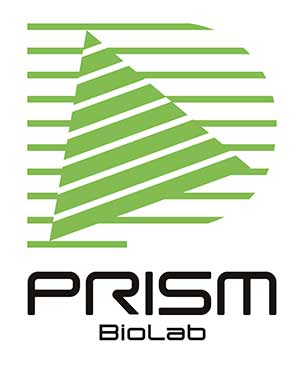Published on: April 12, 2023
Bioisosteres are defined as “compounds or groups that possesses near-equal molecular shapes and volumes, approximately the same distribution of electrons, and which exhibit similar physical properties.”1) To say more simply, they are mimics of the original group. Hence, there is still a wide possibility of design and development of a new bioisostere for various functional groups. Our peptidomimetics technology can also be regarded as a kind of bioisosteres because it mimics the 3D structure of the original peptide or protein with a different scaffold.
The importance of bioisosteres comes from similar but non-identical nature. The biological activity, ADMET and the physical properties are often screened by the use of bioisostere replacement during lead optimization campaign. In this point, peptidomimetics are different because ADMET and physical properties have significant difference according to the scaffold.
Aromatic rings have long been the main focus of drug scaffold design and phenyl bioisosteres have been developed over the decades. It has been a golden age of aromatics with the aid of palladium-catalyzed cross-coupling reactions, of which developers (Heck, Negishi, Suzuki) won the Nobel Prize in 2010. Thus, there has always been an urgent need for a phenyl bioisostere that solves the issues on lead optimization.
Bioisosteres of the phenyl ring are broadly collected and summarized in this paper.2) You may be surprised by the variety and strategy of applications and the potential of bioisosteres through reading this review.
But still new phenyl bioisosteres are developed over the optimization campaign. In the first-time disclosure session of EFMC-ISMC2022,3) two interesting and novel structures were revealed. You may not be surprised to see a 3-dihydropyrane can be a mimic of phenyl group, but this structure is found after over 2,400 compounds were synthesized. A single idea allowed the group to proceed the optimization process. This is an obvious breakthrough. Another example is more astonishing. A bicyclo[2.2.1]skeleton is utilized as a mimic of ortho-substituted phenyl ring. Nobody but the scientists who are struggling with crucial issues would come up with this outstanding challenging idea.
Bioisosteres are still developing and medicinal chemist needs to try more potential groups to mimic the original in structural and biological sense. The design of molecules and structures are easier than before owing to the aid of computational chemistry. The accuracy of simulation and prediction of atomic distances, bond angles, electron density distribution, etc. are improving and have already reached the level of practical application.
However, molecule design always starts with the idea of scientists. It is not a clever to stick to the conventional bioisosteres. We think the scientist on the bench is the person who has deep knowledge and vivid experiences to design more potential molecules. This concept is true of peptide mimicry. PRISM is eagerly working on the development of novel bioisosteres and peptidomimetics. Please contact us if you are interested in our activity.
1) https://doi.org/10.1007/978-3-0348-7139-6_7
2) https://pubs.acs.org/doi/10.1021/acs.jmedchem.1c01215
3) https://www.efmc-ismc.org/

